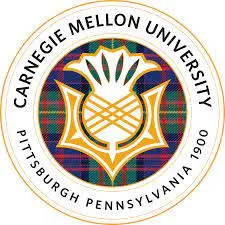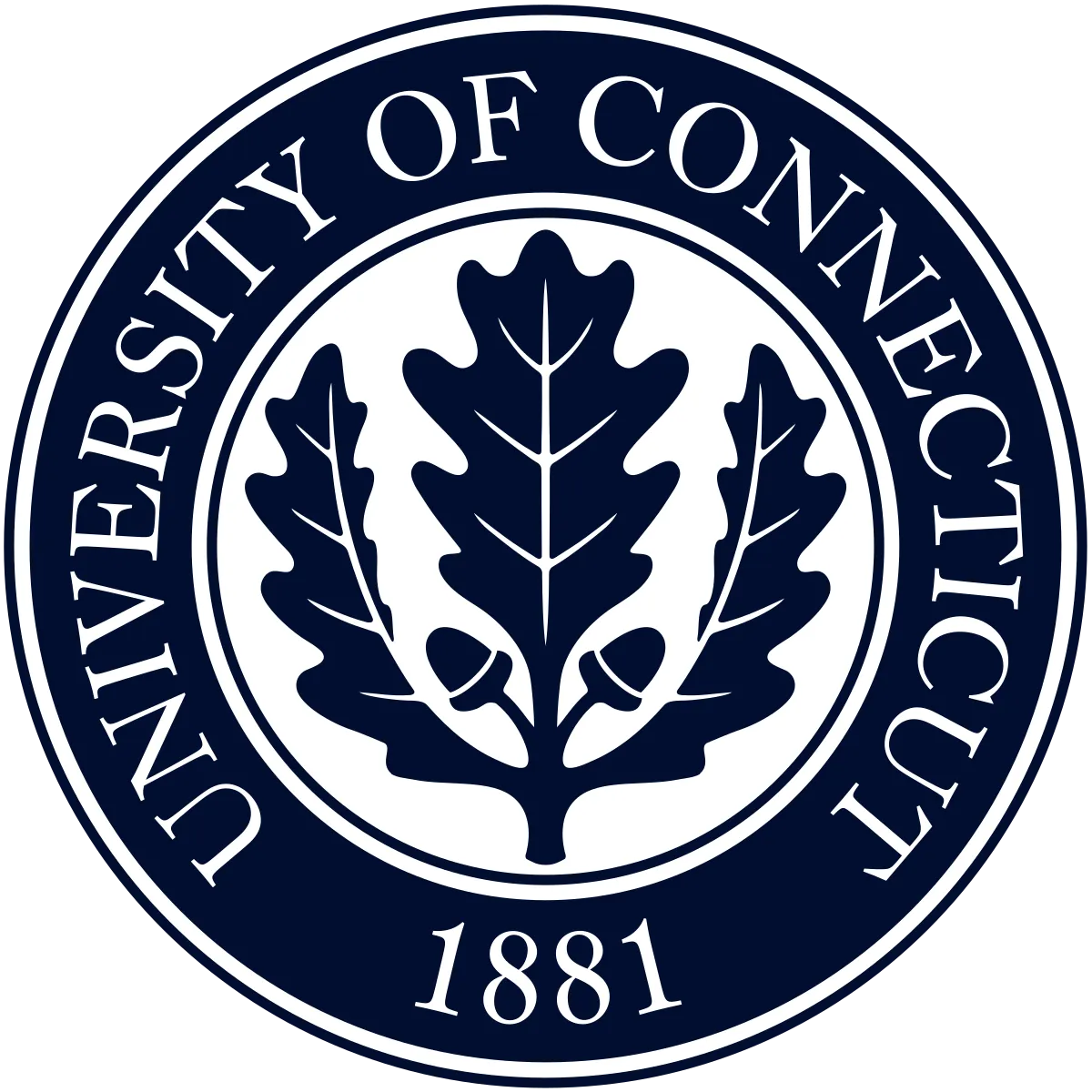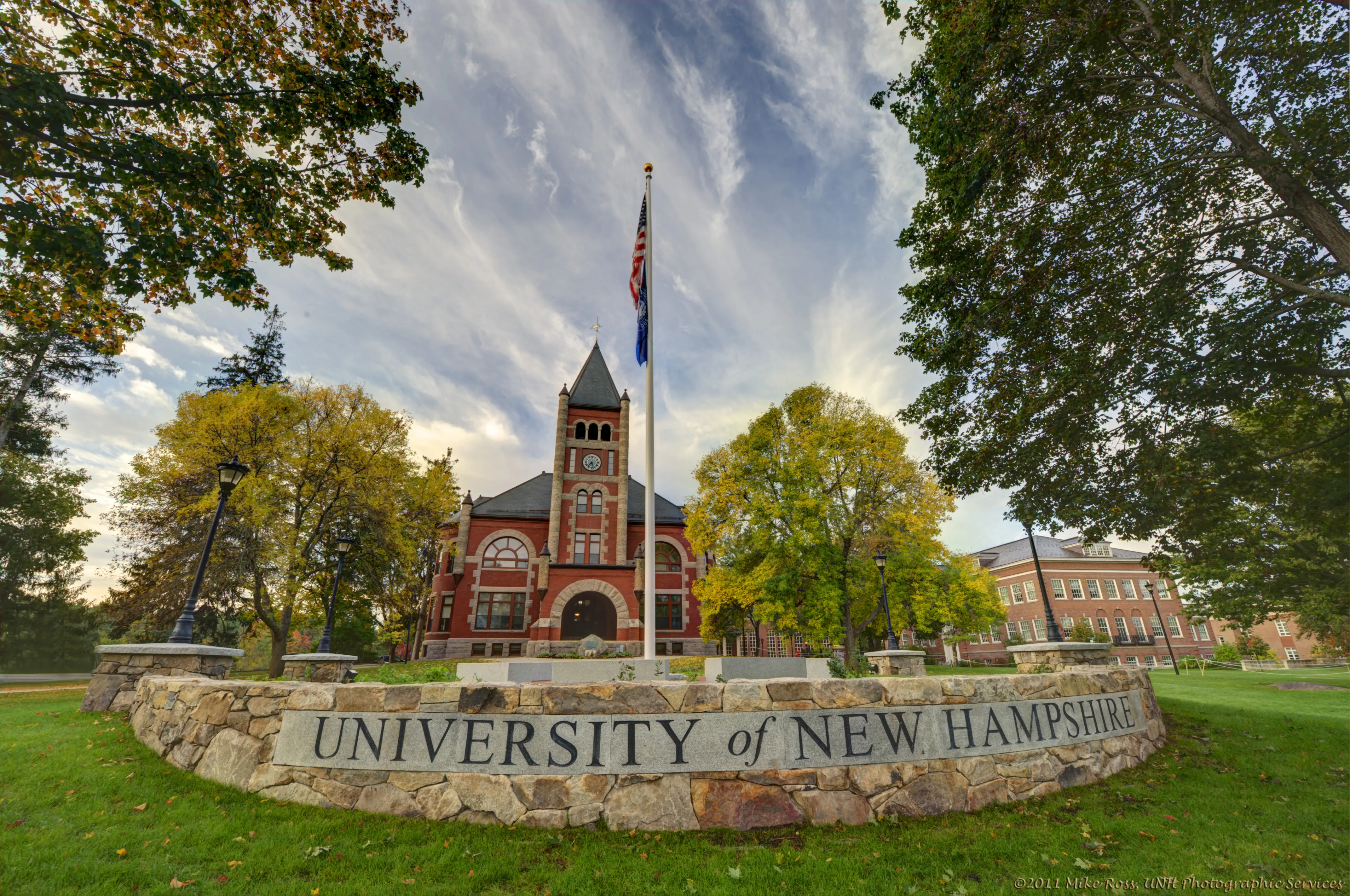Partner Program

BS in Biological Sciences
University of New Hampshire (United States) · 105 Main St, Durham, NH 03824, United States
About

#1001-1200
QS

#109
USNews
The Morrill Act of 1862 granted federal lands to New Hampshire for the establishment of an agricultural-mechanical college. In 1866, the university was first incorporated as the New Hampshire College of Agriculture and the Mechanic Arts in Hanover, New Hampshire, in association with Dartmouth College. The institution was officially associated with Dartmouth College and was directed by Dartmouth's president. Durham resident Benjamin Thompson left his farm and assets to the state for the establishment of an agricultural college. On January 30, 1890, Benjamin Thompson died and his will became public. On March 5, 1891, Governor Hiram A. Tuttle signed an act accepting the conditions of Thompson's will. On April 10, 1891, Governor Tuttle signed a bill authorizing the college's move to Durham, New Hampshire.
In 1892, the Board of Trustees hired Charles Eliot to draw a site plan for the first five campus buildings: Thompson, Conant, Nesmith, and Hewitt Shops (now called Halls) and the Dairy Barn. Eliot visited Durham and worked for three months to create a plan prior to the move to Durham. The Class of 1892, excited about the pending move to Durham, held commencement exercises in an unfinished barn on the Durham campus. On April 18, 1892, the Board of Trustees voted to "authorize the faculty to make all the arrangements for the packing and removal of college property at Hanover to Durham." The Class of 1893, followed the previous class and held commencement exercises in unfinished Thompson Hall, the Romanesque Revival campus centerpiece designed by the prominent Concord architectural firm of Dow & Randlett.
Program Details:
Program WebsiteBasic Info
Institute
UNH Manchester
Degree
BS
Duration
4 years
STEM Designated
Yes
Program
Biological Sciences
Expense
Living Expenses
USD 20900
Tuition Fee (Domestic)
USD 15900
Tuition Fee (International)
USD 37000
Eligibility
Minimum/ Avg Score
IELTS
6.5
TOEFL
80
PTE
59
Duolingo
120
SAT
1175
ACT
25
Ready to apply? Secure your spot at your dream university with our expert help!
Deadlines:
Deadline WebsiteIntake Deadline 1
01 Feb, 2026
(August-2026)
Stay on track with your applications. Login Now to Unlock all program related information.
Document Required:
Stay on track with your applications. Login Now to Unlock all program related information.
















